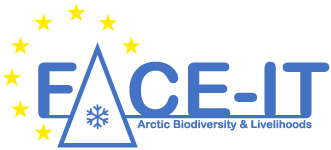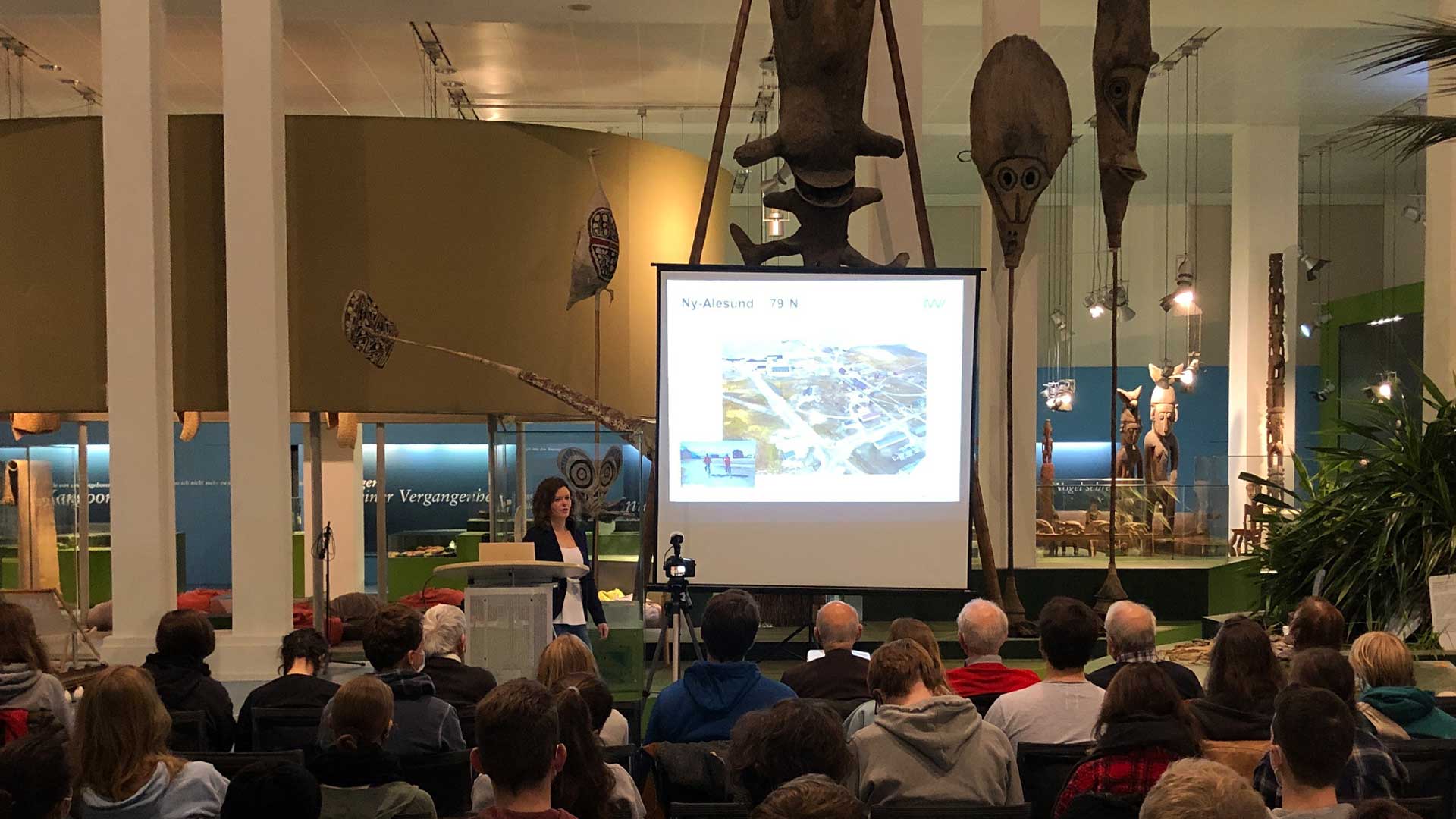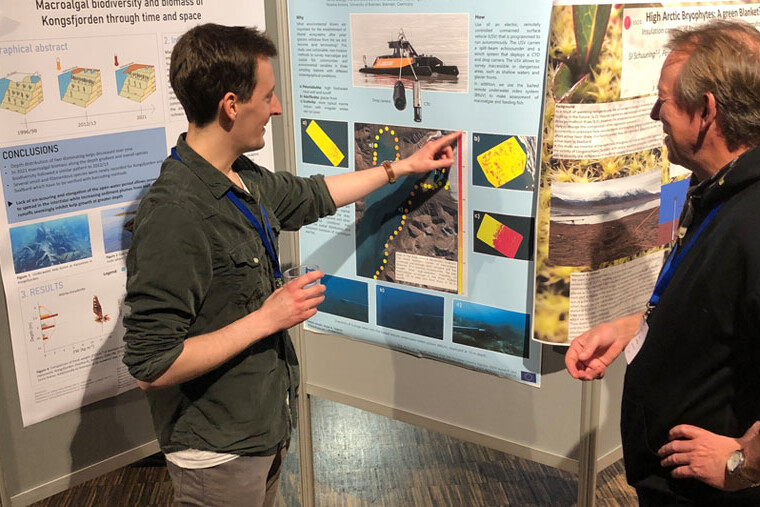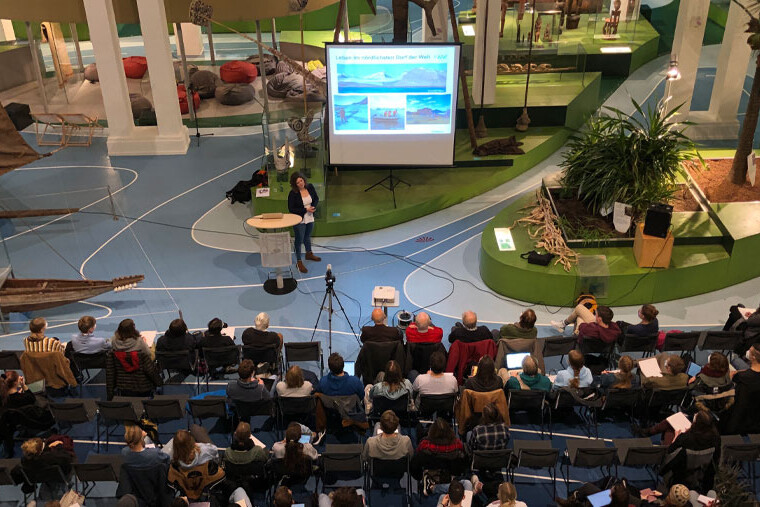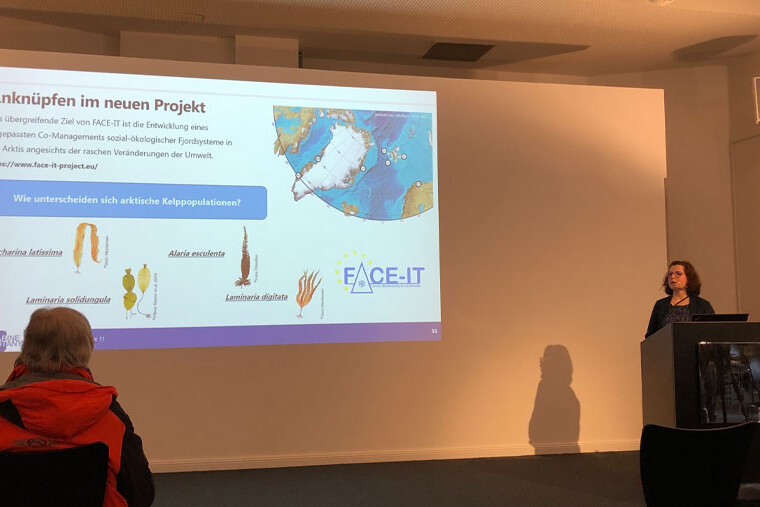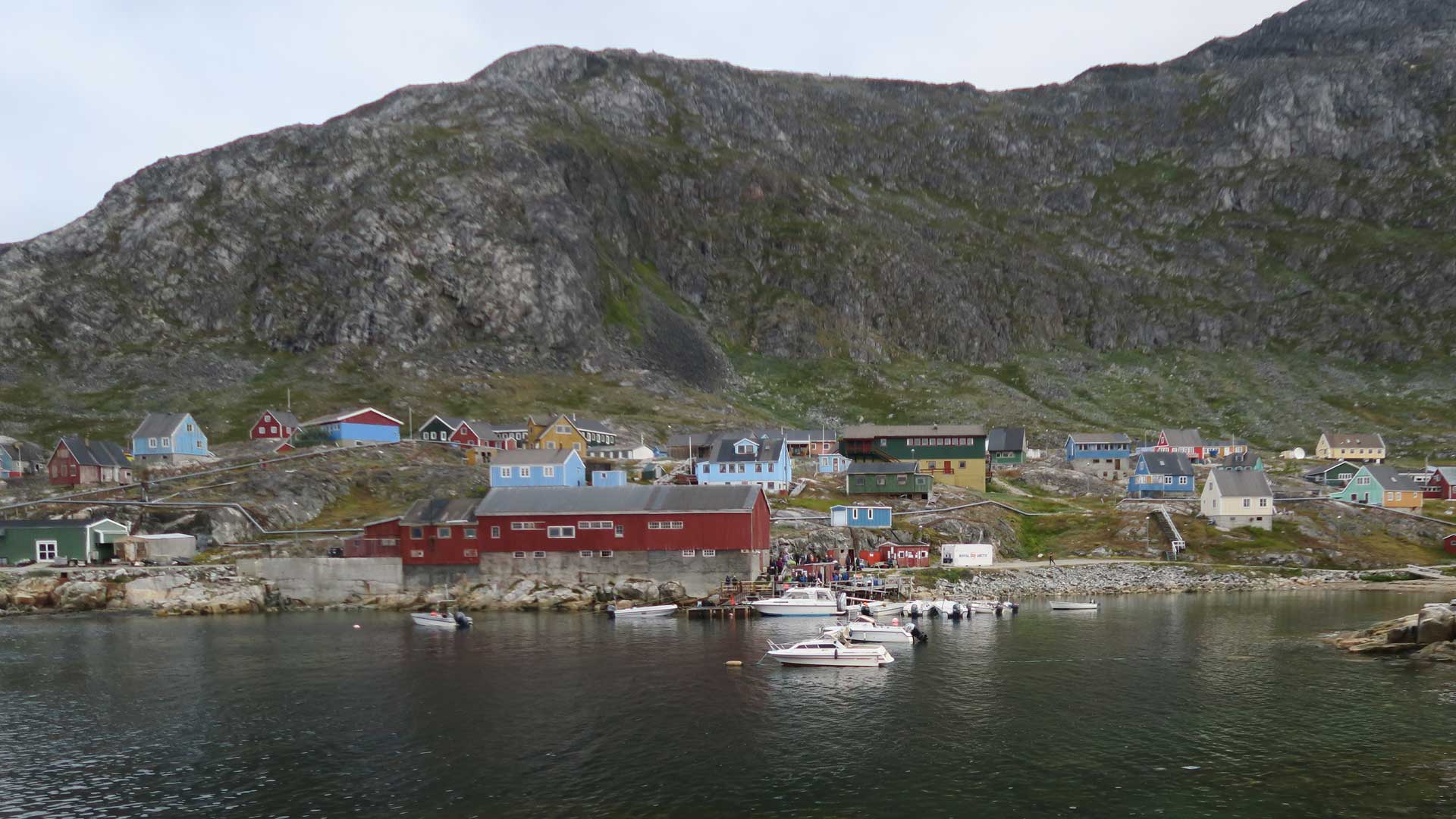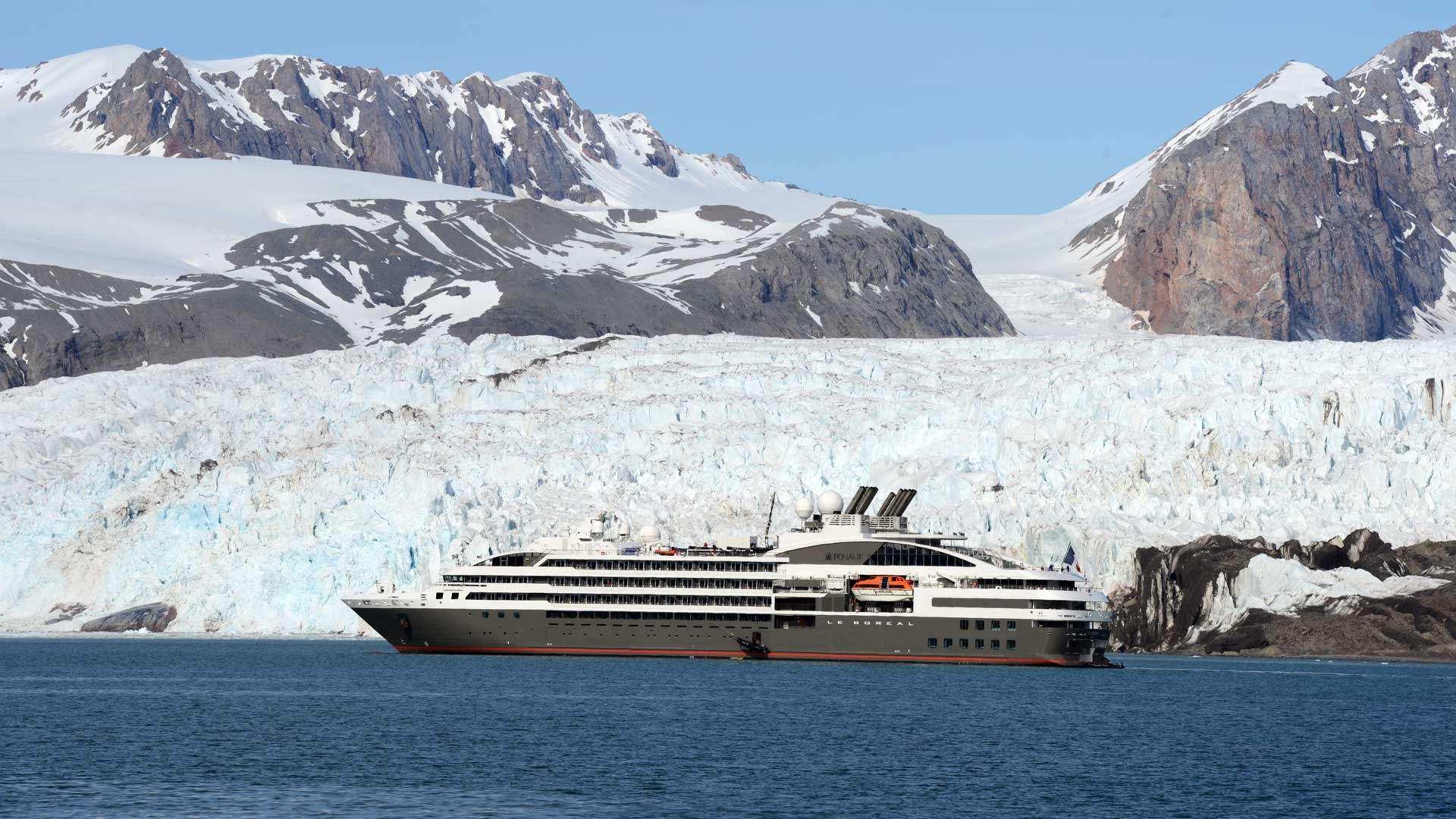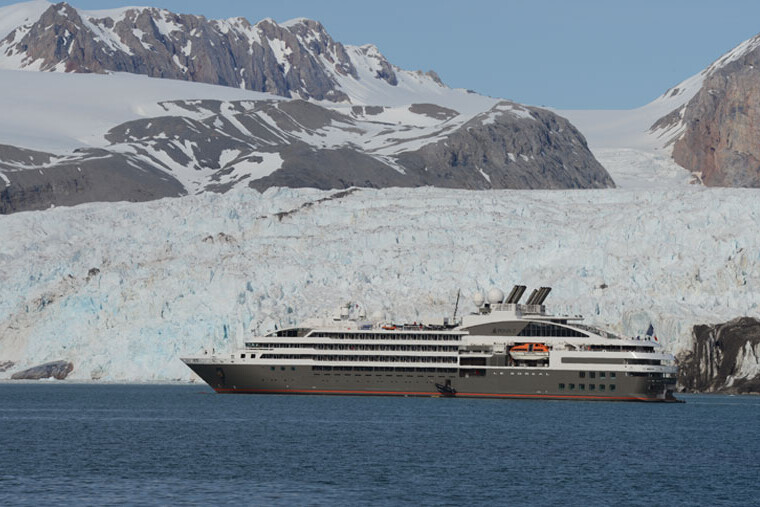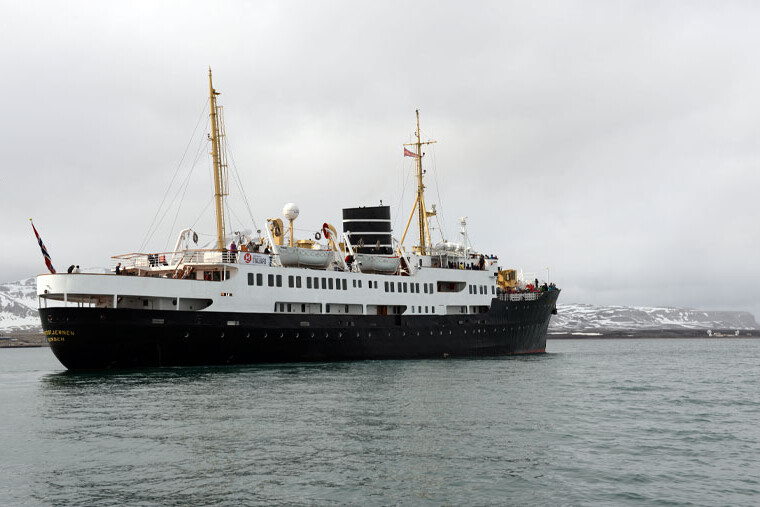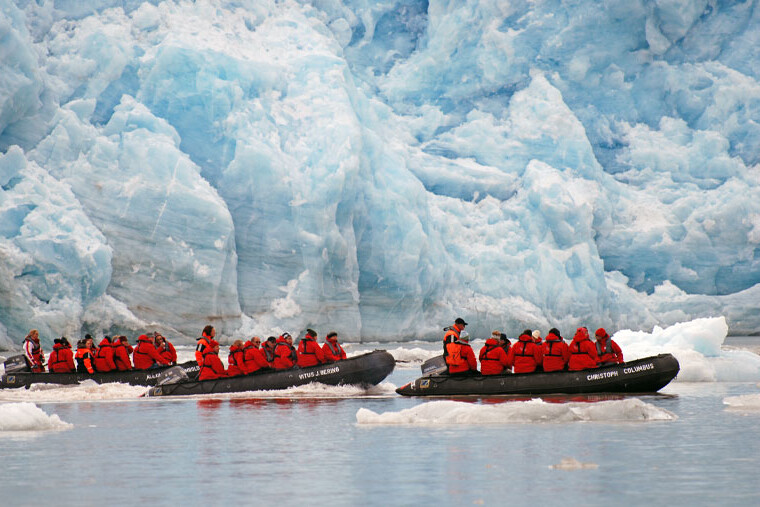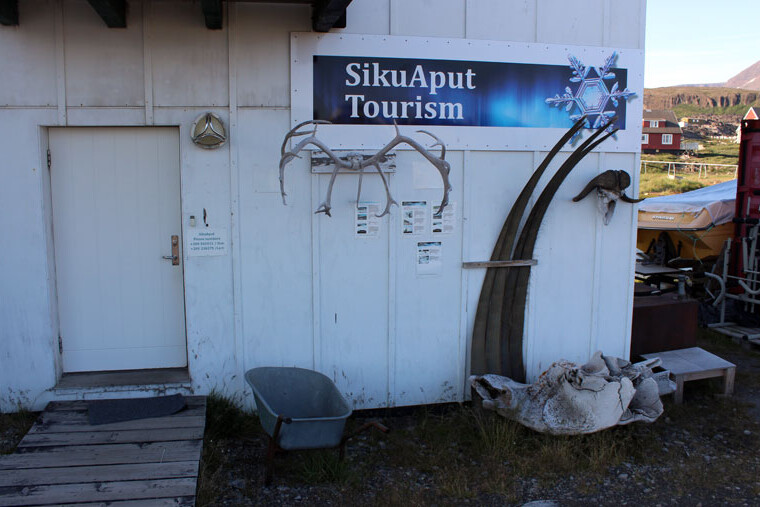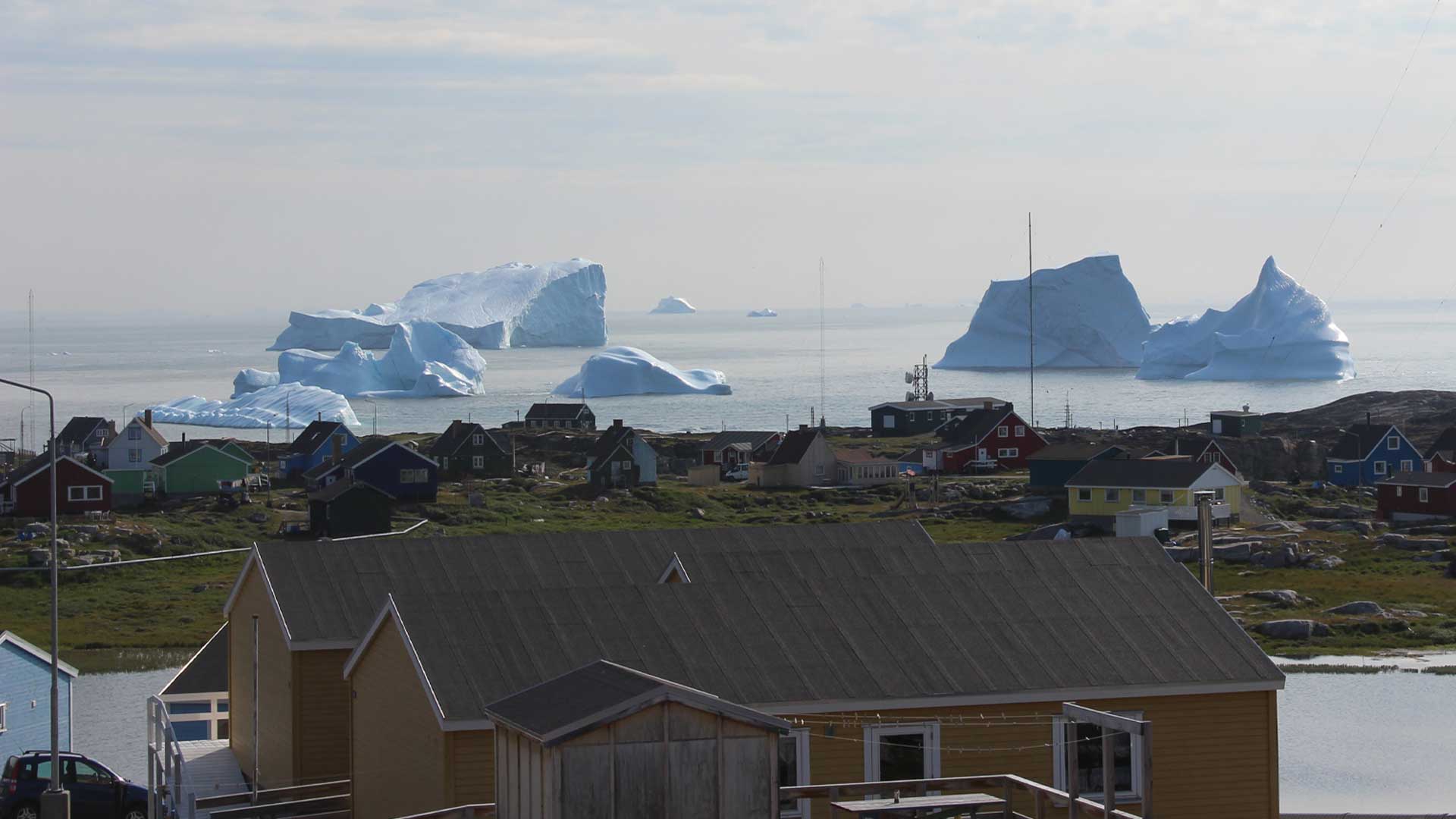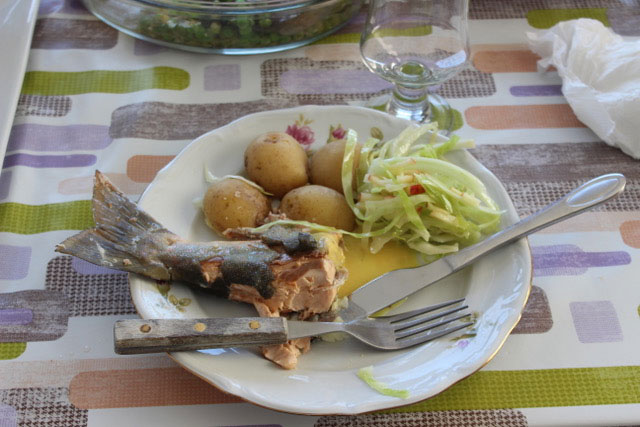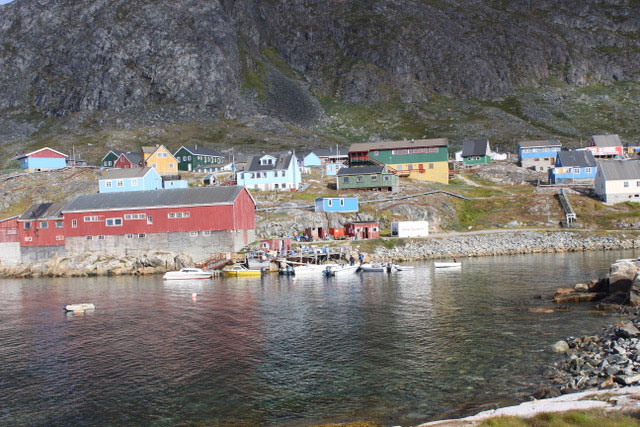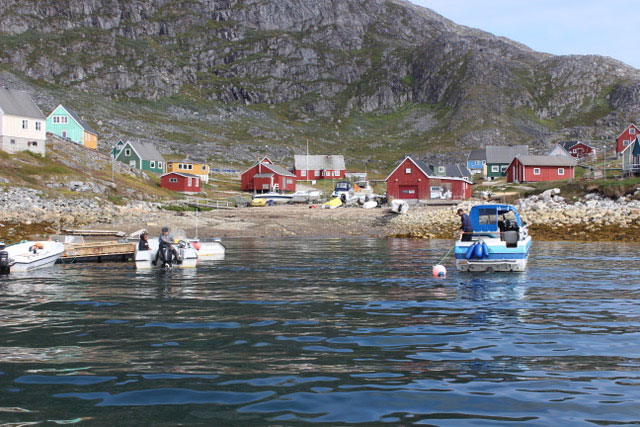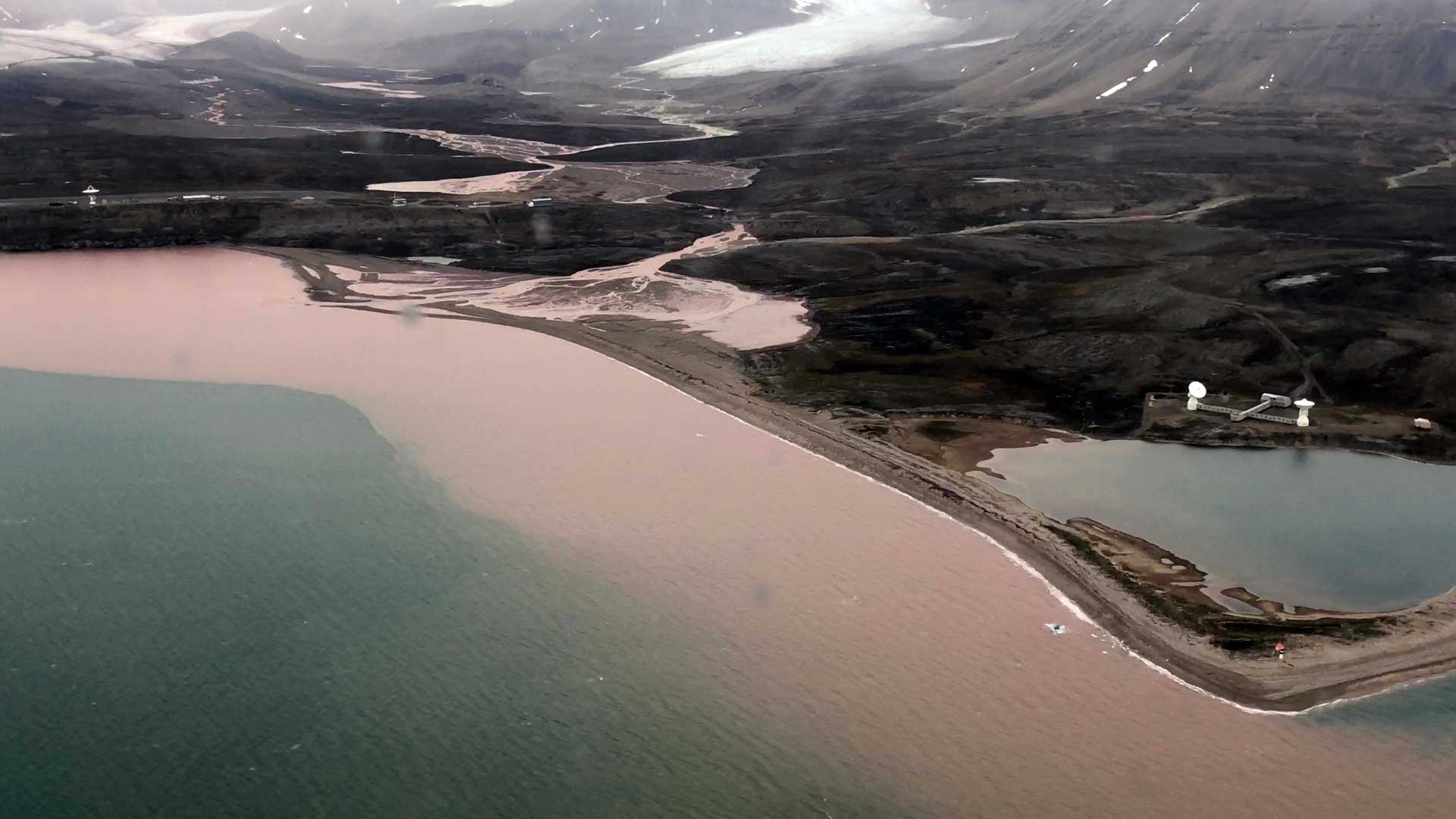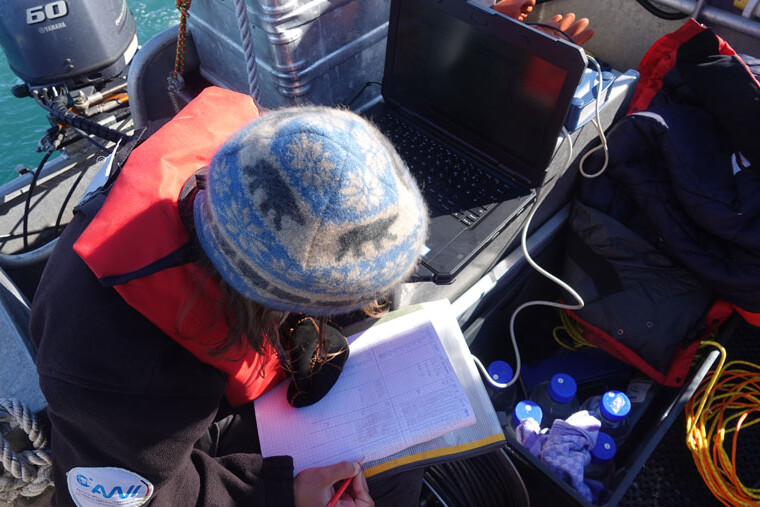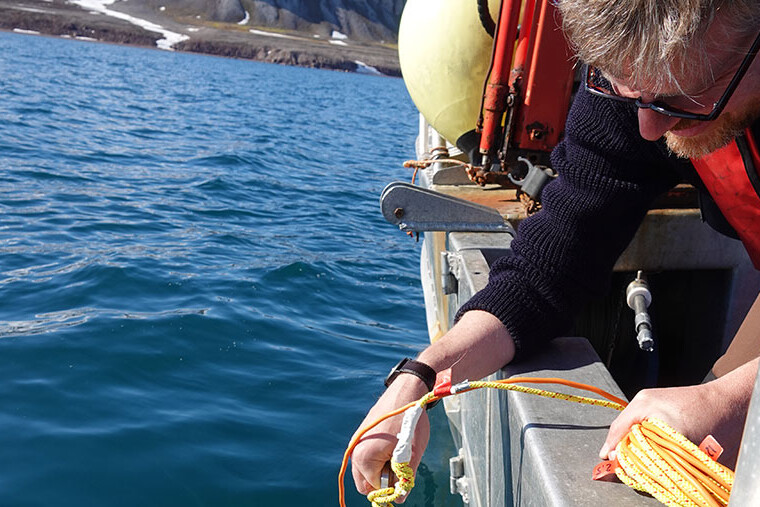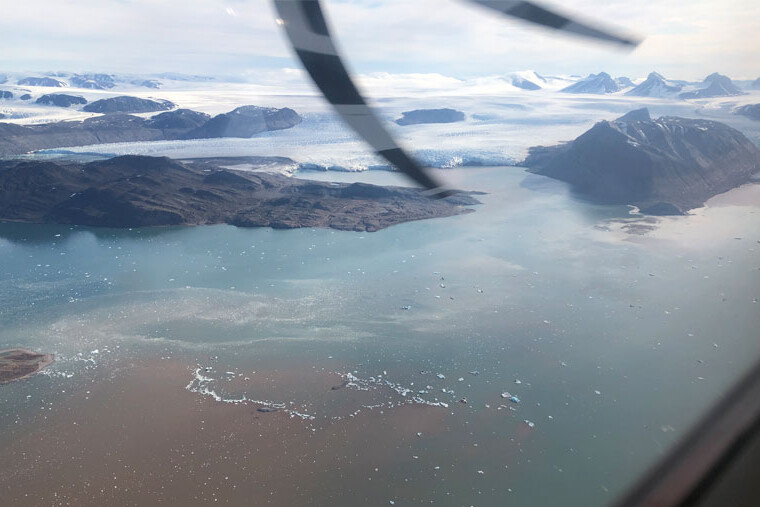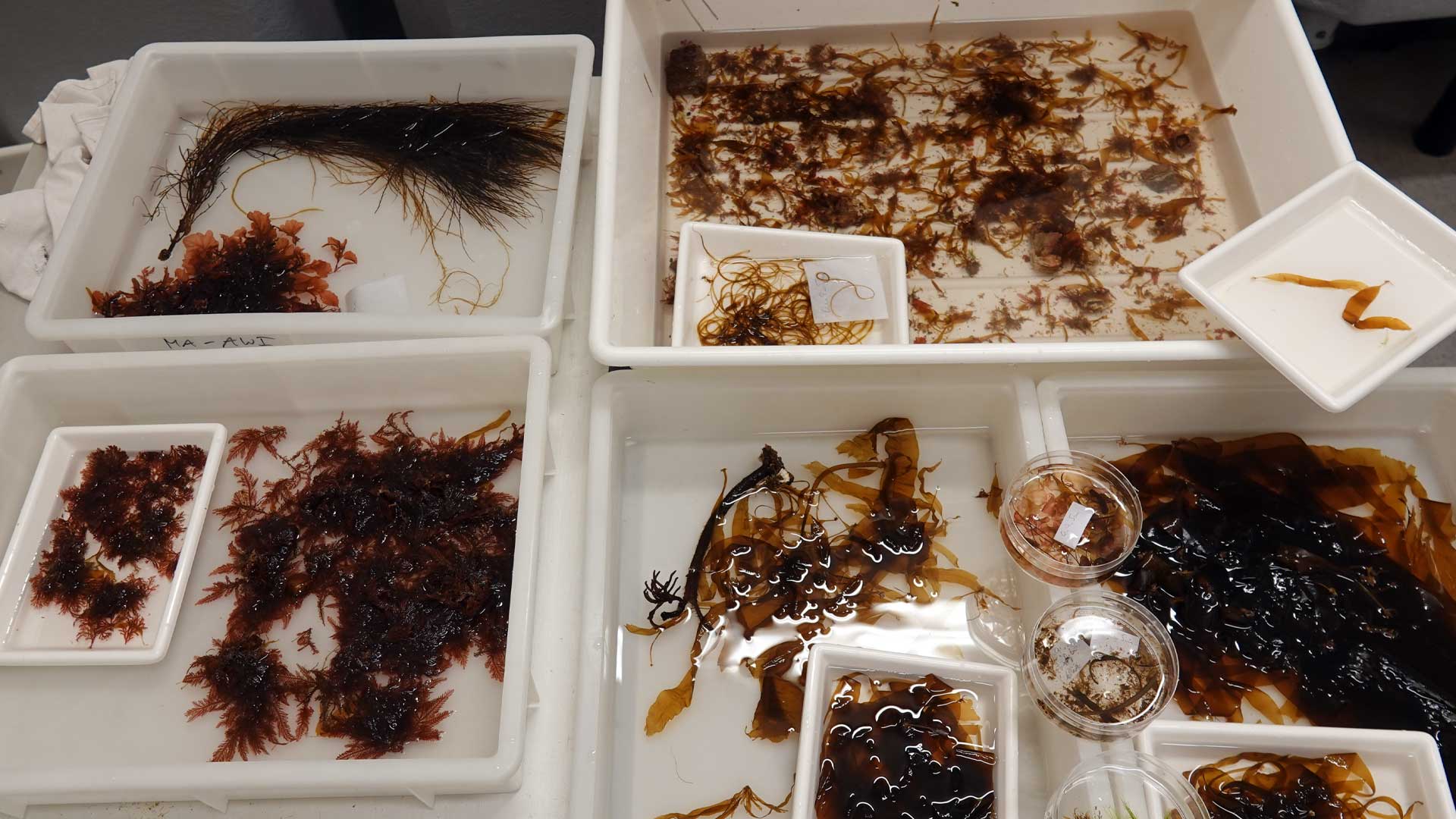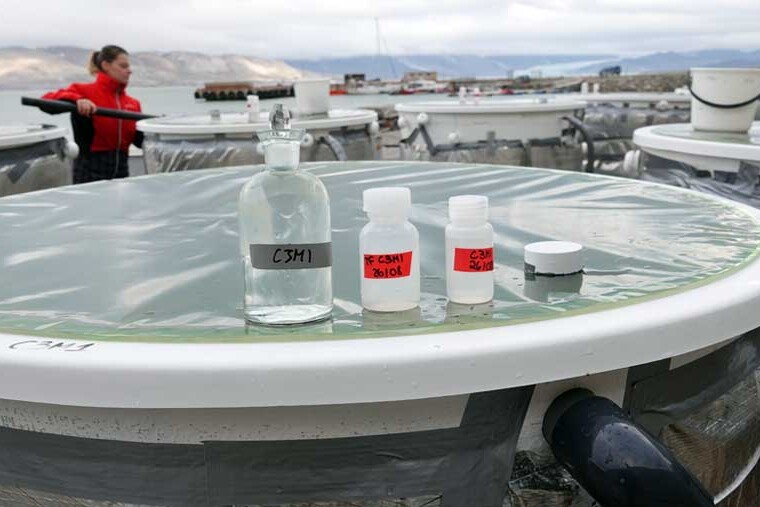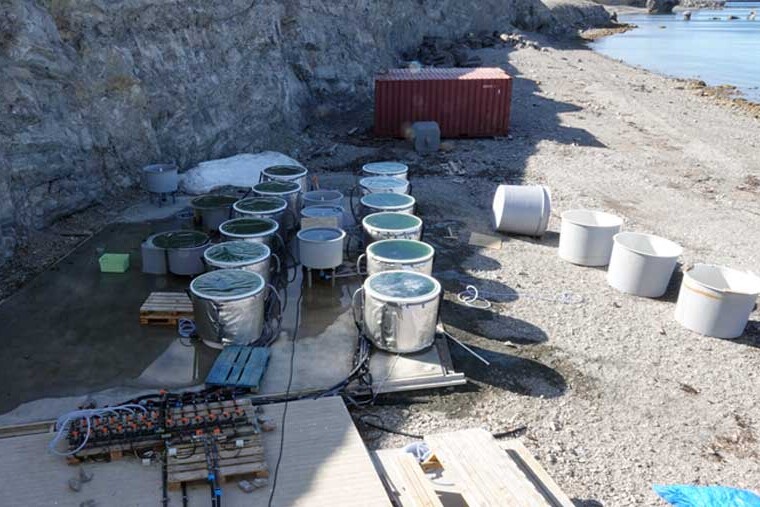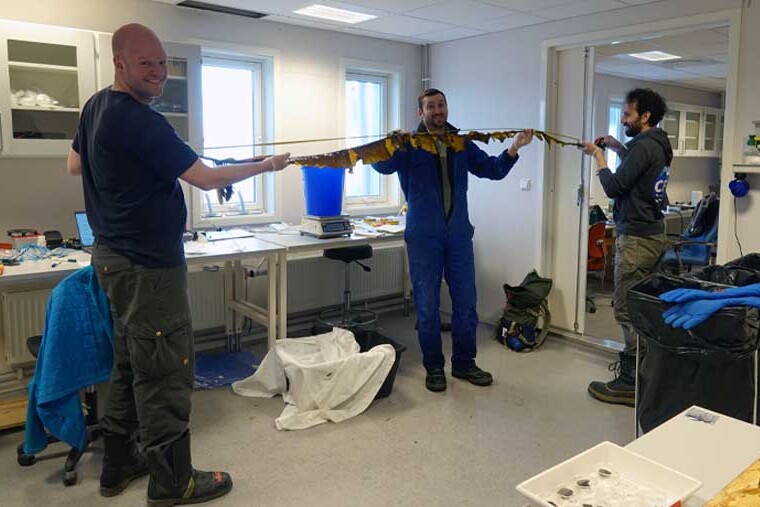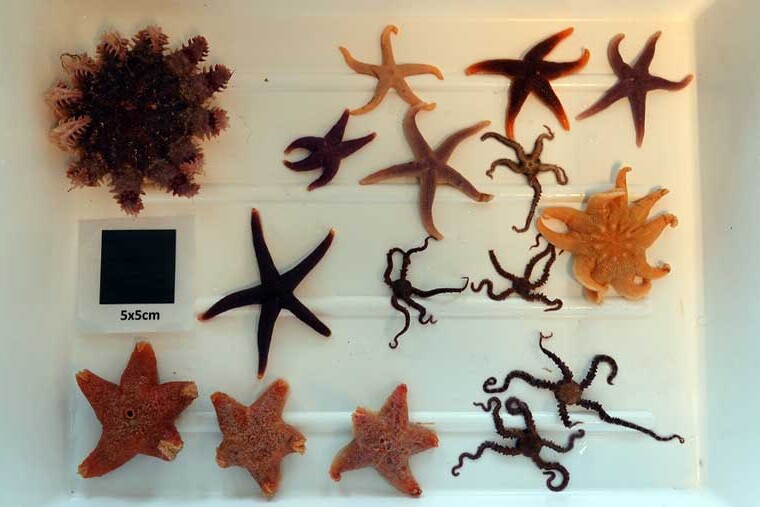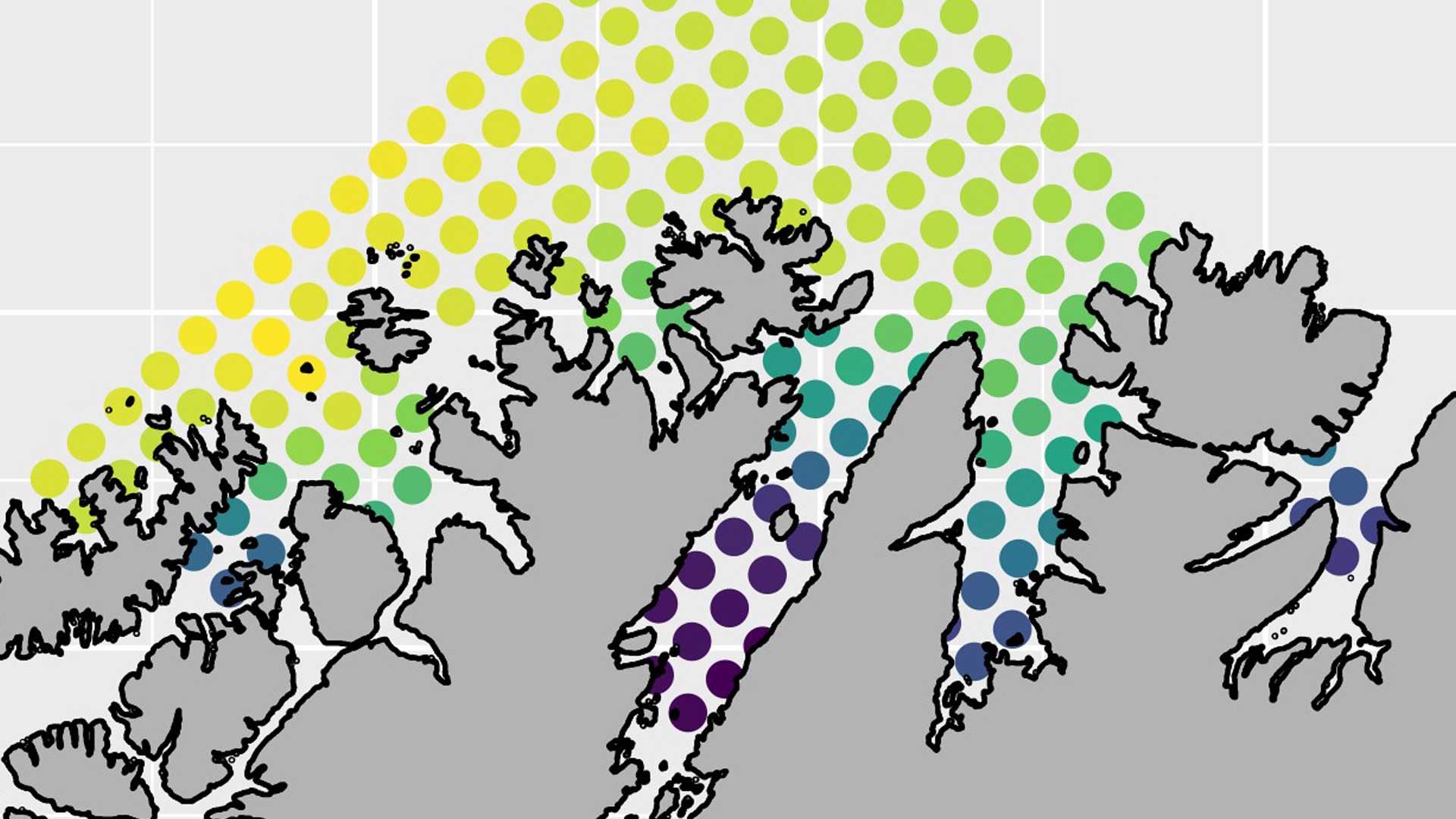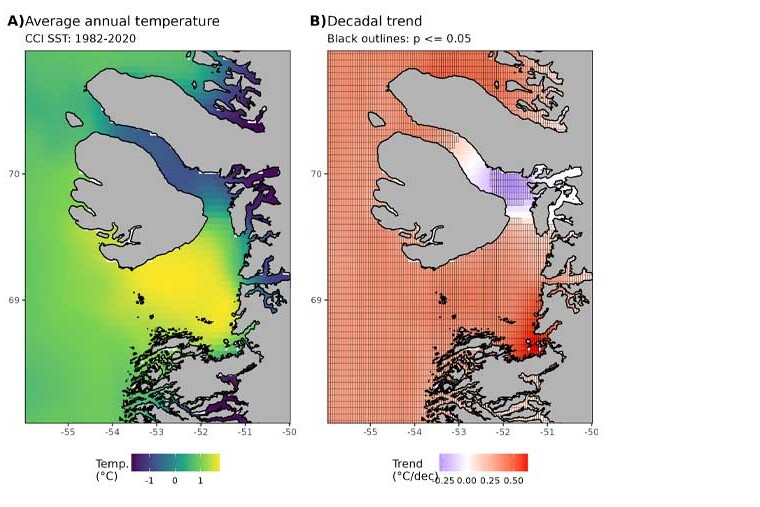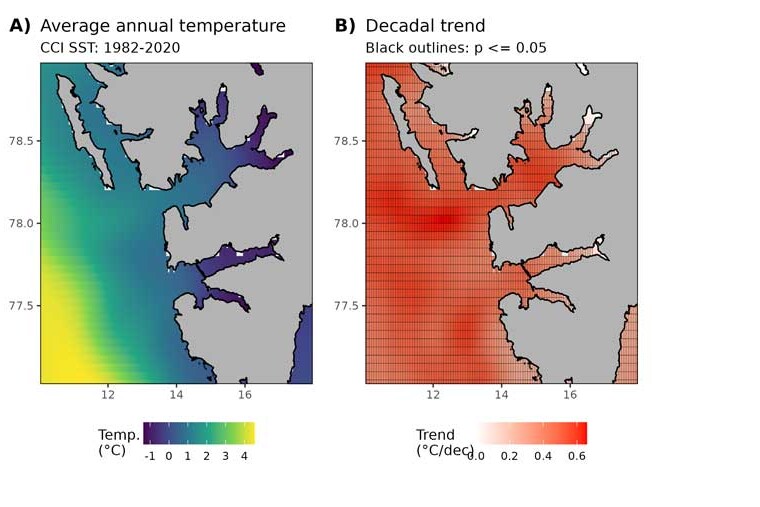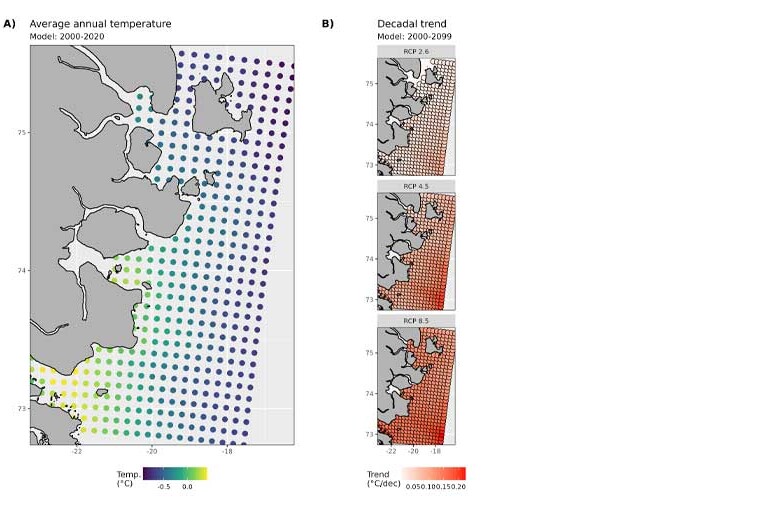Policy dialogue and outreach
The links to international governance, including policy development in the EU, will be explored with a policy dialogue. The process, thus, builds on co-production of knowledge involving relevant and gender balanced local and Indigenous knowledge holders, management and government agencies, and policy makers across governance levels, which serves as an approach for facilitating the transdisciplinary synthesis across all other parts of FACE-IT and the long-term systems thinking that is essential for adaptive co-management and for developing salient, legitimate and relevant policies and management practices for adaptation in fisheries and the tourism industry.
Combining the policy dialogue with outreach activities provides a focused approach to engaging in scientific, public, and policy debate. It includes dissemination of high-quality scientific information to national, European and international bodies concerned with Arctic change and its consequences for biodiversity and ecosystem dynamics, sustainable development, and coastal management. The aim is to reach a larger audience of experts active in various relevant policy settings and processes, including the EU Commission and EU Parliament, government ministries and agencies in Arctic Council member and observer countries, Indigenous Peoples’ organizations, international organizations, and NGOs. The policy dialogue will specifically support the interaction between the project and policy makers at the EU and international levels, activities aimed at academic and upper-level student audience across disciplines and making up-to-date scientific information available to the general public.
The activities in this part of the project will complement all research on food provision and livelihoods, on nature-based tourism as well as the transdisciplinary synthesis for communicating with local, regional and national target audiences (in case study communities and authorities involved in management). Means of communication include local workshops, policy dialogues, policy briefs and briefings, scientific publications, media and popular science outreach, along with a dedicated website and active social media presence.
Transdisciplinary synthesis
The transdisciplinary synthesis will further elaborate on results from all other parts of the project and will use the full expertise of the FACE-IT team. Viewing fjords as local social-ecological systems nested in larger-scale social and environmental processes, emphasizes that long-term sustainability of local livelihoods and tourism, biodiversity and ecosystem functions require an adaptive co-management approach that recognizes a diversity of perspectives and interests, including gender. Underpinning this task is the question of what it will take to sustainably manage changing, complex and coupled social-ecological systems in Arctic fjords in ways that contribute to sustainability locally, regionally and a global context.
It will be examined how social and ecological drivers interact. Building on scenario work undertaken in the parts of the project researching on livelihoods and tourism, this synthesis will, in a second scenario workshop, specifically analyse the implications of different management options, including their links to the national policy contexts, with a focus on ensuring that food production and tourism in Arctic fjord systems are sustainable in socio-economic and environmental terms. Thus, decision-makers will be involved across the local and national levels.
Together with FACE-IT researchers, local, regional and national decision-makers will identify management options that are robust under rapid change and uncertainty, including potential shifts in ecosystem dynamics and biodiversity and changes in the socio-economic and political contexts of local decision making. By exploring the implications of different management options locally and nationally through a process of coproduction of knowledge, the transdisciplinary synthesis will facilitate the development of an adaptive co-management framework.
Nature-based tourism
This part of the FACE-IT project will identify how increased tourism activities in the coastal zone interlinks with multiple drivers of environmental changes in biodiversity and ecosystem functioning. Similar to the research on food provision and livelihoods, interactive scenarios will be co-developed with local stakeholders projecting changing coastal biodiversity and cryosphere changes of relevance for future tourism in Svalbard and West Greenland based on a set of locally grounded narratives of potential futures. The scenarios will also be used for assessing the potential for adaptive co-management of nature-based and marine tourism destinations, considering the relationship between tourism and climate change, and between threatened wildlife populations and explorer tourism.
Norway’s ambition to ensure that Svalbard will be the best managed wilderness area in the world has led to demarcating large areas as national parks with strict regulations for traffic and travel, that also affects nature-based tourism. Greenland and Northern Norway may need to adopt similar ambitions to ensure that climate-induced increases in tourism activity does not negatively impact biodiversity, economy, livelihood activities and local communities. Therefore, a framework for assessing the local sustainability of tourism activities will be developed, which subsequently will be tested in two case studies in Svalbard, and West Greenland.
Indicators for sustainable Arctic fjord tourism will be co-developed bottom up through a combination of the above-mentioned participatory methods, threshold levels for environmental impact (i.e., biodiversity changes) and review of existing frameworks for analysis of sustainable tourism. We will focus on the local ecological footprint and social sustainability, as the global carbon footprint from tourism is a well-studied object, while it is extremely difficult to measure direct emission from tourism at the local level. We define adaptive capacity to projected changes in climate, ecosystems and cryosphere as part of the sustainability of the tourism activity. Recognizing how tourism actors have previously coped with shocks and stressors related to changing conditions, as well as their ability to utilizing local knowledge and experience will be important to understanding adaptive capacity in the tourism sector.
Ultimately, this part of FACE-IT will co-develop new adaptation and management strategies with and for the operators and regulators of the tourism industry.
Food provision and livelihoods
Changes in Arctic biodiversity and ecosystem function affect coastal food provisions and livelihoods, and human activities near the coasts and ice edge have have an impact on biodiversity. Food maintains human-animal relations, mobility and commercial as well as more traditional activities such as hunting and gathering, trapping, fishing and arts and crafts, and are important for providing households with food, income, and a connection with culture and the environment. Small scale business development and entrepreneurship play an important role in community wellbeing, especially for women and young families. The critical links between gender and age in livelihood activities such as fisheries will be analyzed, focusing on key areas of livelihoods, which are fundamentally affected by globalisation and climate change, and building on earlier work by the Nordic Council of Ministers and cross-links to tourism.
More specifically, this part of FACE-IT will co-develop interactive scenarios with local stakeholders projecting changing coastal biodiversity of relevance for future high Arctic fisheries (Svalbard) and coastal livelihoods in West Greenland and Finnmark (Norway), based on a set of locally grounded narratives of potential futures. The narratives of potential futures will be elicited from interviews and participant observation in Greenland, Svalbard, and Finnmark. The scenarios will be co-developed with national fisheries management, local stakeholders in Svalbard and Finnmark, and local hunting and fishing communities in Greenland. Gender and age play a significant role in how communities experience and adapt to changes. In Greenland and Finnmark, young women tend to leave small villages to seek education and employment in urban areas, while the remaining population has an increasingly aging and male-dominated demography engaged in fisheries and hunting. In Svalbard, the transient population has an average time of residence of roughly 4 years, creating some challenges for continuity in policies and for adaptation to change. In this part of the project, we will address the gender and age dimensions in livelihood activities, while (together with the tourism research) applying and developing the conceptual framework of adaptive co-management to sustainably manage complex change processes under uncertainty in the transdisciplinary synthesis.
A range of scenarios for nature-based coastal Arctic livelihoods will be identified, and provide recommendations will be provided, as input to the transdisciplinary synthesis, for how knowledge coproduction and adaptive co-management of coastal resources for sustainable livelihoods can be improved.
Ecosystem function changes
This part of FACE-IT will address two fundamental components of marine ecosystem functioning, carbon fixation and primary production, and their variability in time and space relative to the identified key drivers and the observed changes in species abundance and biodiversity. Here, existing time-series of pelagic and benthic primary production will be analyzed in conjunction with changes in phytoplankton biomass, nutrient concentration, glacial discharge, light climate and other key ecosystem parameters from the FACE-IT focal study sites for comparative studies of ecosystem functioning and changes.
Based on analyses of the historical data sets, new monitoring data and experimental data compiled in the key drivers and the biodiversity changes parts of the project, the following questions will be explored:
(i.) How will reduced ice cover in time and space, and warming affect food-webs based on pelagic and benthic primary production?
(ii.) How will changes at low trophic levels propagate to higher trophic levels and affect economically important harvestable resources?
(iii.) How will borealization and in particular invasive species affect coastal ecosystem functioning and food-web structures?
Based on existing data, comprehensive correlative and statistical analyses address the ecosystem changes in pelagic primary production and in the biomass of primary producers, relative to the decrease in sea ice extent, freshening and changes in light availability. Shorter duration of ice cover potentially gives way to increased light in the water column for pelagic as well as benthic organisms. The assessment of changes in ecosystem functioning also involves a comparison of tidal glaciers and land terminated glaciers where the latter discharges highly turbid meltwater into the fjord, potentially affecting primary production and the balance between benthic and pelagic production. A key question is whether benthic micro- and macroalgal production increase with reduced sea ice cover and higher water temperatures along the borealization gradient or whether they decrease due to increased turbidity caused by melting glaciers. Ultimately, food-web models will be applied for analysing trophic cascade effects, with a special focus on higher trophic levels and species of economic importance.
A coupled model system, integrating both physical-biogeochemical and food-web models will be implemented allowing for a holistic description of the ecosystem as an innovative approach. The output produced here will feed into to social science parts of the project on food provision and livelihoods, on nature-based tourism as well as the transdisciplinary synthesis and the policy and outreach activities. Thus, these results will provide the basis for investigating how climate change may affect food provision of indigenous, local and distant communities and how indigenous, local and distant communities may adapt to changes in biodiversity.
Biodiversity changes
The identified key drivers of change will be linked to biodiversity changes at different timescales to explore the phenomenon of borealization in a comprehensive and quantitative manner, as well as the influence of increasing/changing human activities in the fjord systems. It will provide information on the past, present and potential future state of biodiversity in Arctic fjords by integrating key components along the food-web from micro-organisms up to meso- and top-predators and by considering the cryptic diversity, representing one fundamental level of biodiversity.
FACE-IT will provide new data to test the fundamental hypothesis “The biodiversity of Arctic coastal zones is changing at rates closely connected to the rates of cryosphere changes” and, thus, provides a solid knowledge base to address other hypotheses. This part of the project will assess whether there is a coherent fingerprint of borealization along food webs, within and among Arctic fjords and how this affects biodiversity and species of particular relevance to local livelihoods and commercial interests. This approach will be based primarily on existing time series of species abundance, distribution and life-history conducted at the different study sites. Those data were and will be collected as part of ongoing research and monitoring programs approved by national animal welfare authorities. It will analyse trends to assess the linear (and potentially non-linear) changes in abundance and/or biomass and, whenever possible, link these changes to changes in survival, reproduction, habitat use and diet. In addition to assessing changes in the investigated trophic levels separately, diversity indices will be calculated where suitable datasets exist. Further it will be tested whether changes in the biota of Arctic fjords are linked to changes in the identified key drivers, such as sea-ice decline, climate warming and exploitation of harvestable resources. Therefore, perturbation experiments will be performed to understand how the projected changes in environmental conditions will affect key Arctic organisms and communities. The experiments will focus on benthic species of commercial interest (e.g., molluscs, crustaceans) and key habitat-forming species (e.g., kelp, coralline algae). Additionally, this part of the project will also assess changes in the occurrence of selected organisms at a century-time scale using sediment cores and environmental DNA analyses (eDNA). The selected species will include boreal and invasive species that affect indigenous people either because they disrupt traditional ecosystem services or because they become a new resource (e.g., snow crab).
The identified linkages and different climatic scenarios will be used to project population abundances of key marine species and species of high relevance to coastal livelihoods and Indigenous people (e.g., fish, crustaceans, seabirds, sea-mammals) identified in other parts of the project on livelihoods and food provisioning as well as on nature-based tourism.
Identify key drivers and data management
The key environmental and human-induced drivers of changing coastal marine biodiversity in the selected study sites of the project will be identified and analysed. This will be the operational base for addressing the fundamental hypotheses of the project. It will follow a two-pronged approach:
(i.) continue and expand the present monitoring activities performed by the partners and
(ii.) compile historical data collected by the partners and other sources. Both external drivers (acting at large-scale and emphasized by the Paris Agreement) and internal drivers (acting at the scale of a study site) will be considered.
Whenever possible, historical and future changes will be assessed. Importantly, some of the variables, such as key organisms, act as drivers while also responding to other drivers (i.e., temperature response of ecosystem engineering species as kelps with potential consequence to associated fauna).
The following potential drivers of change in coastal biodiversity have been identified but others will likely emerge from interviews and scenario workshops, as well as from the research front in the course of the project:
(i.) Ice conditions (glacier retreat, extent and thickness of coastal sea ice, snow cover, permafrost)
(ii.) Physics and chemistry of seawater (temperature, salinity, light availability, nutrients, carbonate chemistry)
(iii.) Biological and ecological drivers (invasive species, primary production, carbon burial)
(iv.) Anthropogenic drivers (tourism, pollution, harvesting, policy)
Furthermore, this part of the project will be responsible for the general data management within FACE-IT.
